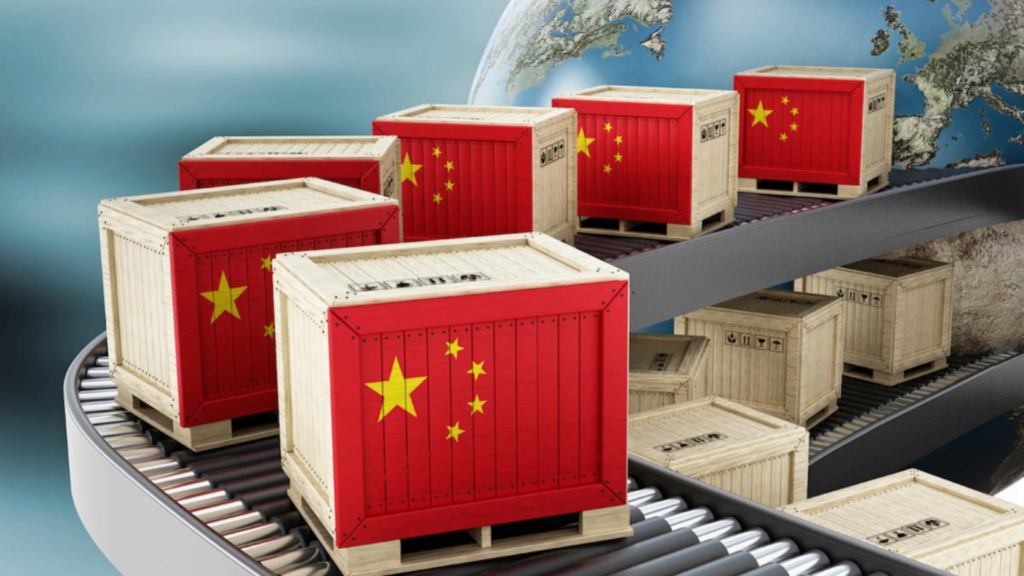
Published 01/13/2025 15:21 | Edited 01/13/2025 15:41
In 2024, China reached an unprecedented milestone in its trade balance, recording a surplus of US$990 billion, the largest ever recorded, state media reported this Monday (13). This balance exceeds the previous record from 2022, which had been US$838 billion, consolidating the country as a global leader in foreign trade.
Chinese exports totaled 25 trillion yuan (approximately US$3.58 trillion), an annual increase of 7.1%. Imports totaled 18.39 trillion yuan (US$2.59 trillion), growing 2.3% compared to the previous year. Chinese foreign trade exceeded expectations in December, with exports growing 10.7%, above the forecast of 7.3%.
This exponential growth, however, comes at a time of increasing tension in trade relations with the United States. The arrival of Republican Donald Trump in the White House, scheduled for next week, reignites fears of a trade war. During his first term, Trump initiated a series of protectionist measures, and his new promises of tariffs on Chinese products could negatively impact bilateral trade.
The rise of Chinese industry
The expansion of Chinese exports reflects the dominance of its factories on a global scale, something compared to the role of the United States after World War II. Products such as cars, solar panels and electronics have led the export agenda, a direct result of the “Made in China 2025” industrial policy, which invested US$300 billion to promote high-technology industries.
China, which previously imported most of its vehicles, has become the world’s largest automobile exporter, surpassing Germany and Japan. Furthermore, Chinese companies have begun producing commercial planes to compete with Airbus and Boeing, while practically monopolizing production. global supply of solar panels.
Diversification and resilience
China has diversified its trade relations, expanding partnerships with emerging economies in Asia, Latin America and Eastern Europe. Countries such as Brazil and Russia have become priority destinations for the export of high-technology products and industrial inputs, while China increases imports of agricultural and energy raw materials.
This strategy has reinforced the resilience of Chinese foreign trade, even in the face of an adverse global scenario. Beijing also promises to adopt more flexible monetary and fiscal policies in 2025, seeking to achieve a 5% growth target.
Source: vermelho.org.br

